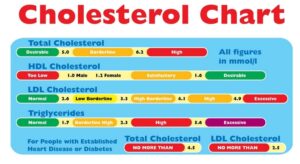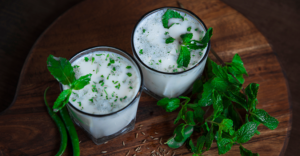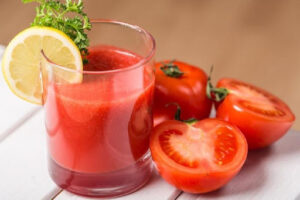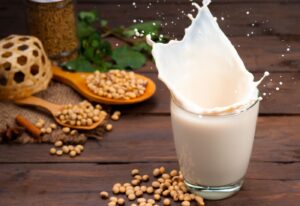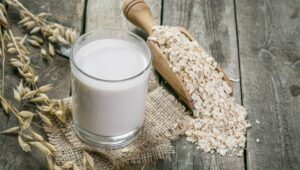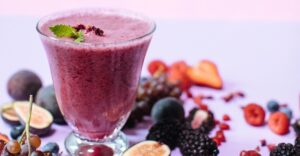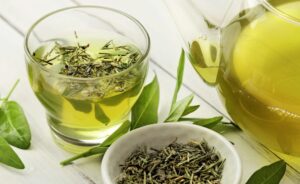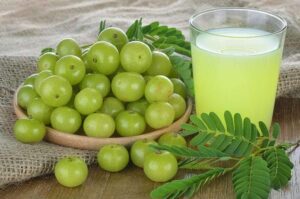Cholesterol Diet: 10 Drinks To Maintain A Healthy Cholesterol Level
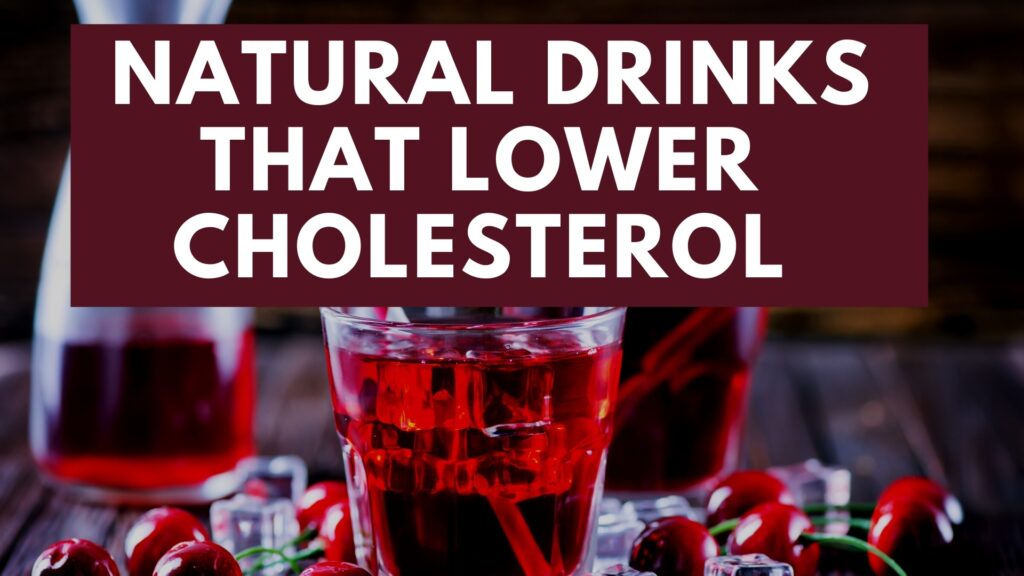
Cholesterol is a sticky, fat-like substance that is present in all of our body’s cells and is necessary for the synthesis of hormones, vitamin D, and digestive enzymes.
What Is the Difference Between HDL, LDL, and VLDL?
High-density lipoprotein, Low – density lipoprotein, and VLDL are lipoproteins made up of lipids and proteins. Lipids must be linked to proteins in order to travel throughout the bloodstream. Lipoproteins provide a range of functions.
HDL (High-density lipoprotein) is healthy cholesterol that carries cholesterol from various regions of the body back to the liver. The liver then eliminates the cholesterol from the body.
Low-density lipoprotein (LDL) is a shorthand for low-density lipoprotein. LDL cholesterol is generally considered as “bad” cholesterol since it causes plaque to grow up in the arteries.
VLDL (Very Low-density lipoprotein) is also known as “bad” cholesterol because it causes plaque to build in the arteries. VLDL and LDL, on the other hand, are not the same; VLDL carries triglycerides whereas LDL delivers cholesterol.
9 Incredible Cholesterol-Controlling Drinks
Basil Seeds Drink
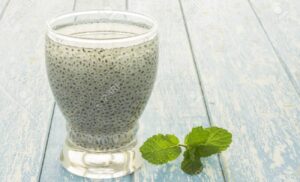
Basil seeds are high in soluble fiber and pectin, both of which help to lower cholesterol levels. Pectin can help lower blood cholesterol by blocking cholesterol from being absorbed in the intestines. Individuals who consume 30g of basil seeds each day during a month experienced an 8% reduction in total cholesterol, according to studies. To lower cholesterol levels, drink basil seeds water first thing in the morning.
Buttermilk Drink With Cinnamon & Mint
Make a paste with 10 g mint leaves, 1 g cinnamon, and 200 ml buttermilk, season with a pinch of cinnamon, and serve before 40 minutes of your meal.
Toasted Tomato Juice
Tomato juice contains lycopene, an antioxidant that helps to protect cells from harm. Antioxidants have been found to help prevent inflammatory diseases such as cardiovascular disease, cancer, aging, Alzheimer’s disease, stroke, and others by lowering LDL and total cholesterol levels. According to studies, drinking 400mL of tomato juice every day lowers total cholesterol by 5.9% and LDL cholesterol by 12.9 percent when compared to people who don’t consume any tomato products. Tomato basil soup, virgin bloody Mary, or a glass of low sodium tomato juice are all delicious ways to reap the advantages!
Milk Made From Soy
Soy is inherently lower in saturated fat and dietary fat, both of which raise LDL cholesterol levels. Several research has found that soy protein lowers LDL cholesterol by 4-6 percent and raises HDL, or “good” cholesterol, by 1-3 percent over the last decade. It can help to reduce cholesterol levels and lower the risk of heart disease by substituting low-saturated-fat liquids like soy milk for high-saturated-fat drinks like whole milk. Another excellent feature of soy milk is that it has one of the highest protein contents of all plant-based milk drinks and is comparable to cow’s milk in protein content (about 8g of protein per 1 cup).
Oat Milk
Oat milk has a lot of dietary fiber, especially beta-glucan, which is a soluble fiber. Dietary fiber dissolves in water to form a gel-like substance that aids in the reduction of cholesterol and glucose levels in the blood. These types of fiber can be found in oats, beans, apples, barley, and psyllium. Being overweight, having diabetes, heart disease, heart attack, strokes, and other preventable ailments can all be lowered by following a high-fiber diet. Oat milk, such as soy milk, is naturally low in saturated fat, making it a viable option for full-fat dairy products.
Smoothies With Berries
Berries are high in antioxidants, which may aid in cholesterol reduction. Anthocyanins, a type of antioxidant present in berries, can help keep cholesterol levels in check. Berries are minimal in calories and fat. Mix a handful or two of any berries with half a cup of low-fat milk or plain yogurt and half a cup of cold water to make a berry smoothie.
Green Tea
Green tea contains catechins and other antioxidants that can decrease LDL and total cholesterol levels. In a 2015 survey, rats were given 56 days of water enhanced with catechins and epigallocatechin gallates, which are contained in green tea. The rats on a high cholesterol diet had their cholesterol and LDL levels reduced by 14.4 percent and 30.4 percent, respectively.
Black tea, the same as green tea, can help lower cholesterol levels, though not as much as green tea. This is due to the fact that varying amounts of catechins in teas influence the body to absorb liquid in different ways. Caffeine can also help to boost HDL levels.
Barley Water
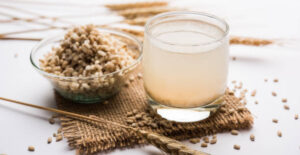
In 2010, a review of clinical trials was published. According to Trusted Source, barley may lower blood levels of LDL or “bad” cholesterol. Personal health does, and barley quality all influenced the findings. When consumed, however, cholesterol levels were shown to be significantly lower. While the benefits vary based on the person’s overall health and the kind of barley utilized, they are generally positive. The authors came to the conclusion that drinking barley water lowers total and LDL cholesterol.
Amla Juice (Indian Gooseberry)
Amla improves heart health by keeping bad cholesterol out of the arteries. It contains compounds that block the absorption of cholesterol from food, decreasing cholesterol levels in the body. It also blocks the action of an enzyme involved in cholesterol production. As a result, include amla in your diet to lower cholesterol and maintain a healthy heart. In the morning, drink half a glass of amla juice with a tablespoon of honey on an empty stomach.
